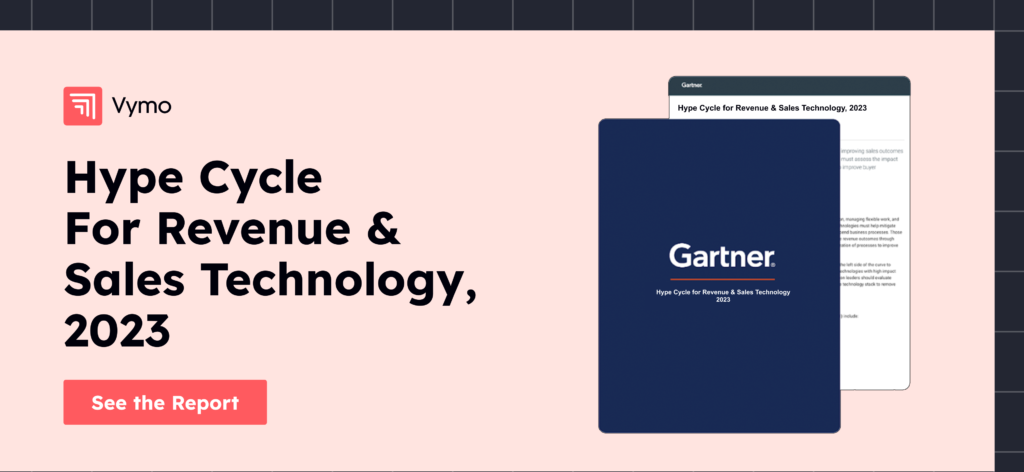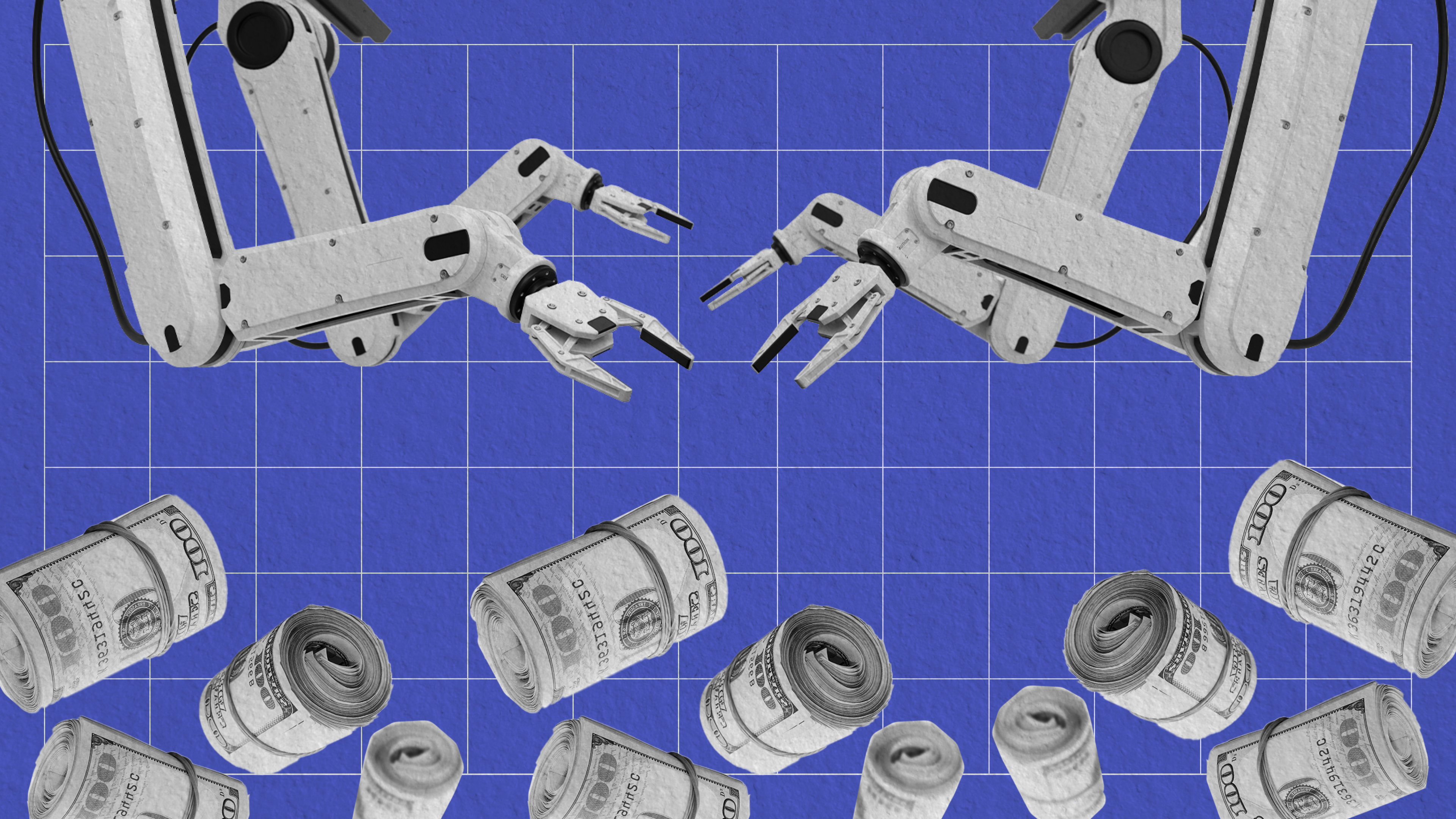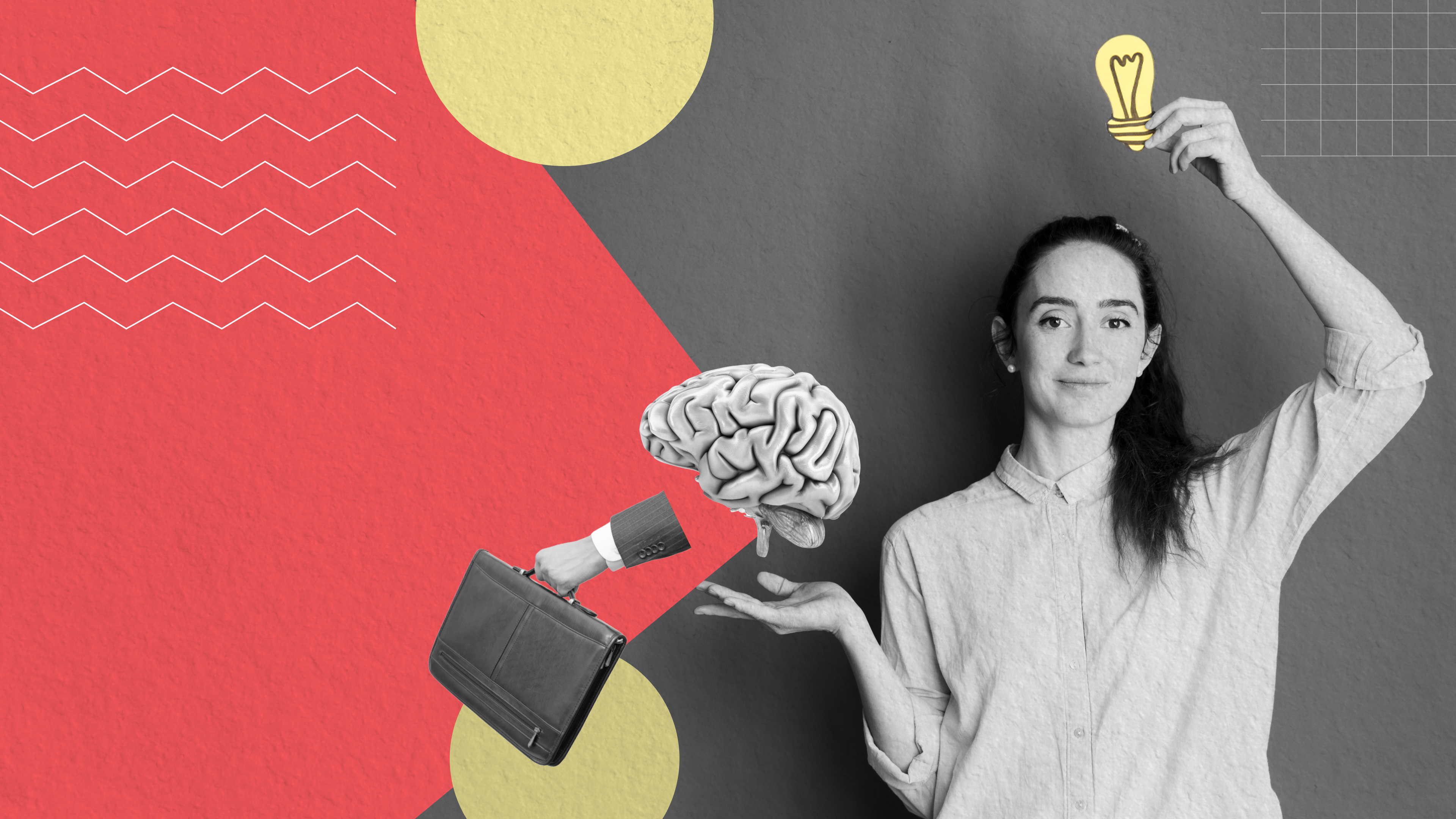As organizations push for growth and profitability their expectations from sellers are increasing too. Business leaders expect deeper pipelines, and visibility into buyer seller interactions to help drive positive interactions with buyers, leading to conversions.
Sales teams need tools and applications that are seller-centric, and that can help them move prospects through the sales pipeline more efficiently. Most sales teams today are still grappling with challenges that lock-in productivity and impact.
- Disparate workflows and processes
- Multiple systems to access, slowing down seller speed
- Siloed data across systems that do not provide any contextual insight to help buyer engagement
These challenges together are the primary driver for the emergence and maturity of sales engagement applications (SEAs). Here are four ways sales engagement applications are able to enable sales teams to achieve their business goals intelligently, efficiently and quickly.
- Primary User Interface – SEAs are the single user interface and system of action for the seller. With mobile-first tools that provide a single pane of glass experience, sellers need not look beyond this system for all their needs.
- Automated Workflows and Activity Playbooks – SEAs are built to take away any repeated tasks, and non-revenue generating activities out of a seller’s schedule with features such as automatic capture of all engagements with prospects/leads, auto calendaring, lead/prospect summary cards, collaborative workflow journeys and so on. With these tasks out of the way, the salesperson can sharpen their focus on the buyer’s profile and requirement.
- Predictive Analytics – Moving further from easy access and automation, SEAs with AI and ML capabilities are able to navigate a lead journey in the right direction through intelligent insights like ML-based lead allocation, next best action recommendations, nudges, and product recommendations. Essentially, an active, intelligent system that dips into buyer data and gleans insights to help sellers move closer to a conversion.
- Coaching Networks – “By learning you will teach; by teaching you will learn.” goes a Latin proverb. SEAs that assimilate best practices from high performance sellers and translate them into next best actions and interventions to guide new sellers result in coaching networks that thrive on best practices causing a cascading effect of best practices. This boosts knowledge-sharing across the seller network and a larger spectrum of collective next best actions for sales success.
The SEA market continues to mature with tighter governance standards, data privacy policies, and an augmentation in AI and ML capabilities. The X factor will be industry-focused applications that are able to solve deeply for verticalized challenges, and an intuitive interface that can help boost the overall adoption.
For more information on Sales Engagement Applications, read the Hype Cycle for Revenue and Sales Technology 2023 published by Gartner featuring Vymo among 10 global vendors in this category. The category maturity is evident with Gartner representing it at the Slope of Enlightenment.





